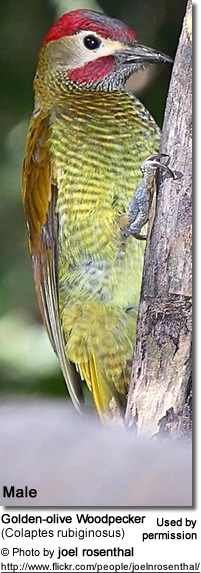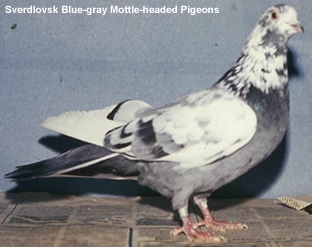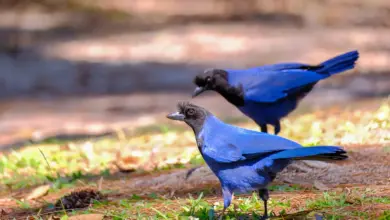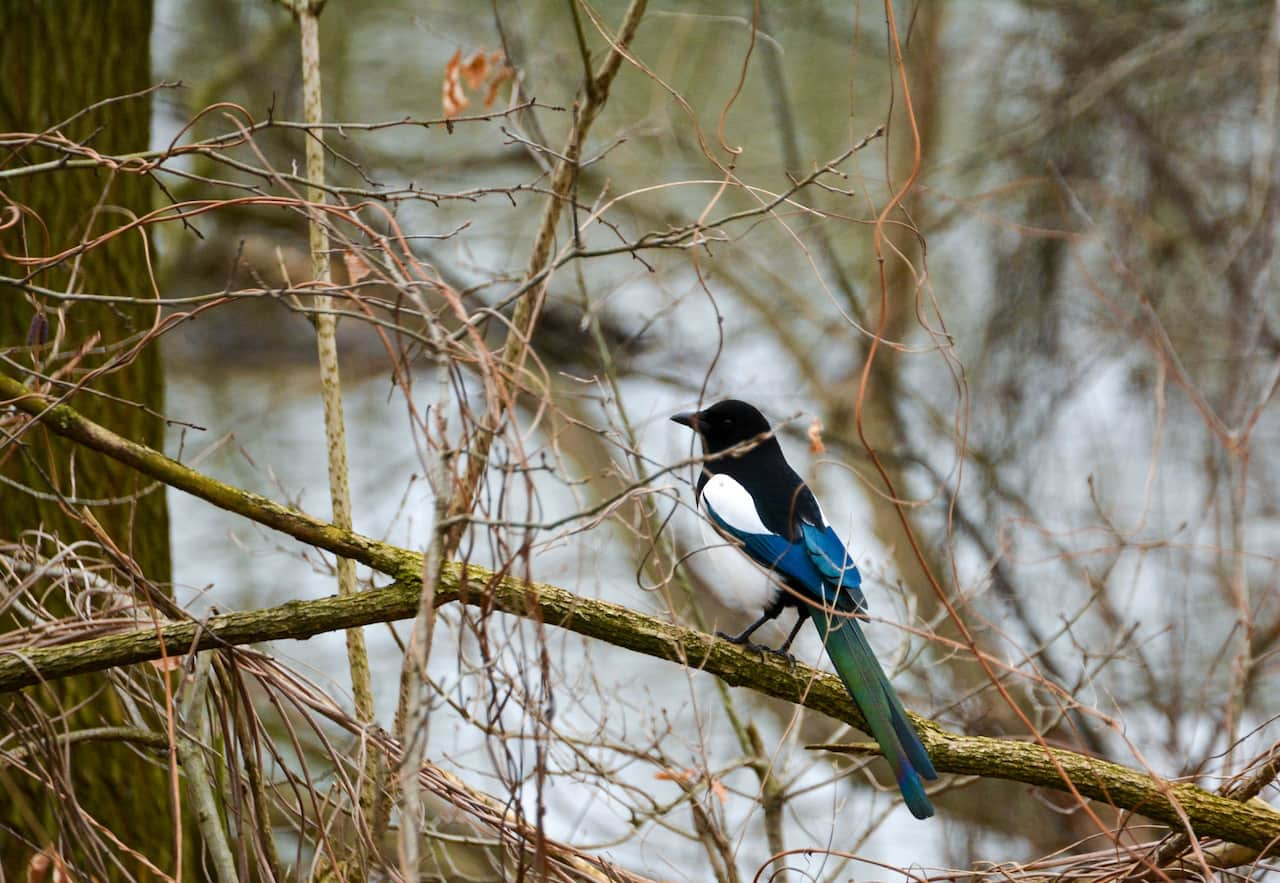Golden-olive Woodpecker
Prior to 2006, the Golden-olive Woodpecker (Colaptes rubiginosus) – also known as Blue-headed Woodpecker – had been in the genus Piculus, but at that time was included in the Colaptes genus.
The scientific name, rubiginosus, means “full of rust,” since its wings and back are a rust color. This is a sedentary bird throughout its range. Its call can be heard as a loud “wheep.”
Due to its large range and stable population, it is not considered Vulnerable. Therefore it remains at Least Concern.

Member of the Picidae Family: Woodpeckers … Sapsuckers … Flickers
Distribution / Habitat
The Golden-olive Woodpecker is a resident within its breeding grounds, which is from Mexico south and east to Guyana, northwest Argentina, Trinidad, northwest Peru, and Tobago
The Golden-olive resides mostly in the mountainous regions near rivers, but it also dwells in very moist to dry forests, open woodland, and cultivated land.
It can be found in the fincas of the eastern slopes of the West Andes (finca is Spanish for “estate” or rural, agricultural land with a cottage).
This woodpecker also lives in the canopy and edges of the rain forests at altitudes of around 1700 meters.
Residents can observe the bird since it will frequent semi-open areas and shady gardens.

Subspecies and Ranges:
Subspecies of the Golden-Olive have evolved due to the nature of the birds’ habitat. Since it dwells mainly in montane forests, separated by large rivers, the species has become fragmented, and it has evolved into about 20 subspecies. P. r. tobagensis from Tobago is larger and heavier-billed than the Trinidadian P. r. trinitatis.
Some of the South American races have only very narrow yellow barring on the underparts, and Andean birds display a pale eye ring.
Colaptes rubiginosus rubiginosus (Swainson, 1820) – Nominate Form
- Mountains of north central and northeastern Venezuela
Colaptes [rubiginosus] aeruginosus (Malherbe, 1862) some authorities consider this a separate species
- Eastern Mexico, from the state of Tamaulipas in Northeastern Mexico south along the Gulf to the State of Veracruz in Eastern Mexico.
Colaptes rubiginosus yucatanensis (Cabot, 1844)
- From the Mexican state of Oaxaca in Southwestern Mexico south to western Panama
Colaptes rubiginosus alleni (Bangs, 1902)
- Santa Marta Mountains in northeastern Colombia
Colaptes rubiginosus meridensis (Ridgway, 1911)
- Northwestern Venezuela
Colaptes rubiginosus tobagensis (Ridgway, 1911)
- On the island of Tobago (part of the Republic of Trinidad and Tobago) in the southern Caribbean
Colaptes rubiginosus trinitatis (Ridgway, 1911)
- On the island of Trinidad – the southernmost island in the Caribbean.
Colaptes rubiginosus deltanus (Alvedo and Ginés, 1953
- The State of Delta Amacuro State in northeastern Venezuela
Colaptes rubiginosus paraquensis (Phelps, Sr. and Phelps, Jr., 1947)
- Found in the Mountains of south-central Venezuela
Colaptes rubiginosus viridissimus (Chapman, 1939)
- Tepuis (table-top mountain or mesa) of southeastern Venezuela, specifically on the high plateau of Auyán-tepui in the Bolívar state of Venezuela
Colaptes rubiginosus guianae (Hellmayr, 1918)
- Eastern Venezuela and adjacent Guyana
Colaptes rubiginosus nigriceps (Blake, 1941)
- Acarai / Acari Mountains of southern Guyana and adjacent southern Suriname
Colaptes rubiginosus gularis (Hargitt, 1889)
- Found in the Central and Western Andes of Colombia
Colaptes rubiginosus rubripileus (Salvadori and Festa, 1900) – SW Colombia, W Ecuador and NW Peru.
Colaptes rubiginosus buenavistae (Chapman, 1915)
- Along the eastern slopes of the Andean mountain range in eastern Colombia and eastern Ecuador
Colaptes rubiginosus coloratus (Chapman, 1923)
- Extreme southeastern Ecuador and north-central Peru
Colaptes rubiginosus chrysogaster (Berlepsch and Stolzmann, 1902)
- Central Peru
Colaptes rubiginosus canipileus (d’Orbigny, 1840)
- Central and southeastern Bolivia.
Colaptes rubiginosus tucumanus (Cabanis, 1883)
- Southern Bolivia to the Argentinian province of Tucumán located in the northwest of the country
Description
Size
The Golden-olive Woodpecker is 18-23 cm long and weighs 68g.
Plumage Details / Adults
Adults are mainly golden-olive in their upperparts and have some barring on the tail. The forecrown is grey, and the hindcrown red. The face is yellow-white and the underparts are barred black and yellowish.
The bill is black, and the adult males have a red moustachial stripe. The females do not have this stripe. The wings are a golden olive, and the primaries are dull black.
Diet / Feeding
The Golden-olive’s diet consists of insects, including ants and beetle larvae, with some fruit and berries. Other preferred insects are termites, gleaned from wood boring.
Foraging takes place in the sub-canopy and high canopy of tall forests, and they are most often seen in open spaces. It generally feeds alone or in pairs, and occasionally can be seen feeding on low stumps at the forest edges.
Breeding / Nesting
The Golden-olive builds its nest in the hole of a dead or live tree. They do their own excavation, and the nest will be built at an attitude high in the tree. The hen will lay two to four white eggs.
Both sexes incubate the eggs, and when they hatch, they feed the altricial young by regurgitation. The male is responsible for most of the feeding, but both will care for the young. The young fledge around the 24th day.
Calls / Vocalizations / Sounds
https://www.xeno-canto.org/embed.php?XC=29098&simple=1
Alternate (Global) Names
Chinese: ????? … Czech: datel olivovozlatý … Danish: Kobbervinget Spætte … Dutch: Olijfrugspecht … Estonian: helepõsk-pronksrähn … Finnish: Viidakkotikka … French: Pic or-olive … German: Olivmantelspecht … Italian: Picchio oliva dorato … Japanese: kimbanemorigera … Norwegian: Olivenspett … Polish: dzieciol oliwkowy … Portuguese: Pica-pau-olivaceo … Russian: ?????????-??????? ?????????????? ????? … Slovak: vlikác olivkastý … Spanish: Carpintero Alidorado, Carpintero Cariblanco, Carpintero dorado gris, Carpintero Dorado Olivo, Carpintero oliváceo, Carpintero Olividorado, Carpintero verde dorado, Checo verde dorado, cheje … Swedish: Olivgul spett





